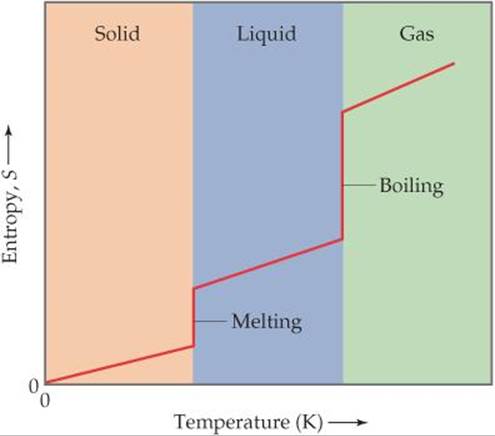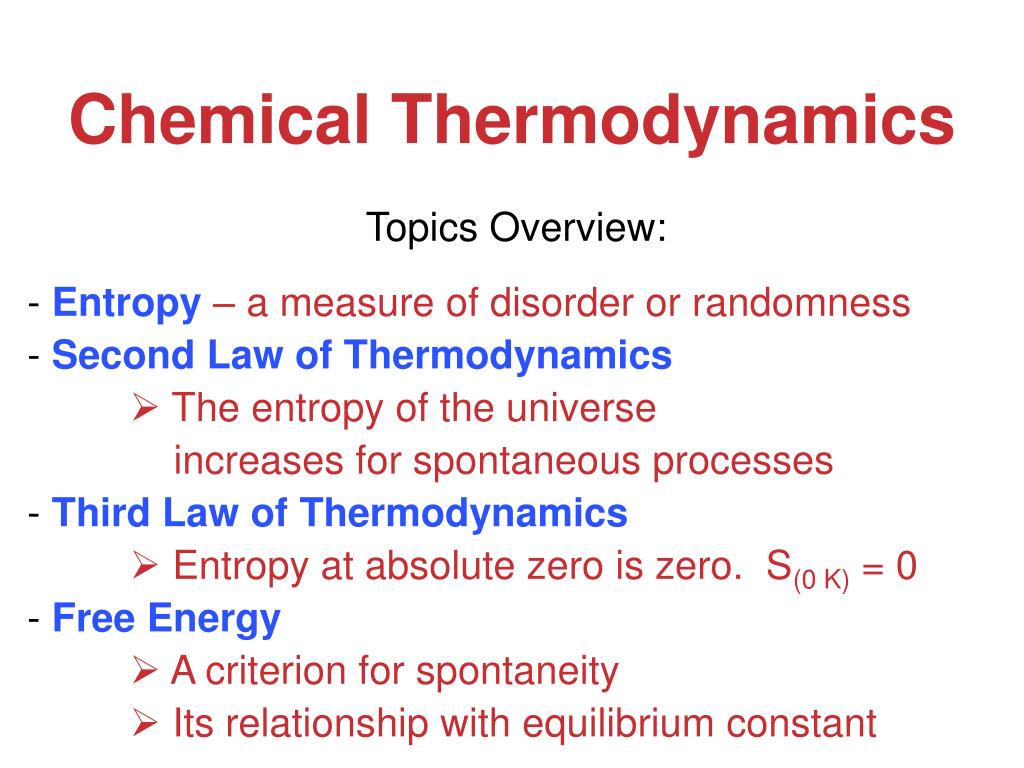

(2009) stated that organized systems that are not maintained tend to lose organization and become disorganized and that a constant input of energy is needed to maintain order. Healing and restoring functions are out of the ordinary and performed on an as-needed basis involving information on where, when, and how. Species would not likely continue to exist if they had no repair and maintenance functions, because wear and injury are universally experienced. A human body with a scratch will initiate self repair. An automobile fender with a scratch will remain that way or corrode to a worse condition unless there is intervention. It is to be deduced that information of a biological nature, along with energy input, is the means by which “islands of low entropy” can emerge and grow within a thermodynamic system tending toward disorganization and increasing entropy.Īnother important consideration in understanding the role of information in evolutionary change can be seen in an organism’s repair of wear and injury. “Organisms evolve through changes in their genetic information” ( Hillis et al., 2012). The sequence of nucleotides in DNA carries the information that is used by RNA to run cellular activities, and the program for making more of themselves ( Karp, 2010). The difference between living and nonliving entities is the presence of DNA and RNA. Being inherited, the algorithm can be traced through genes to informational macromolecules. Is this activity an improvisation, learned from parents, or reinvented with each generation? Bees must inherit an algorithm, a step-by-step procedure, to accomplish the construction. Honeybees build honeycomb nests based on a regular hexagonal cell design, as shown in Figure 4.


For other objectives, students could be expected to better understand the important but perhaps unfamiliar topic of entropy, and to appreciate that a variety of answers to a complex question can be published, some of which may be incomplete or unsatisfactory.Įxamples of organization are readily found in nature. The suggested principal concept is that biological information in macromolecules provides fresh insight into evolution in the earth’s thermodynamic system of general decline and disorganization. Here, I present information for a lesson plan developed to give a more complete answer, with the following topics: understanding entropy a digest of biology textbook presentations on the second law and how life could evolve in its presence questioning the textbooks information in macromolecules, the key and entropy in chemical evolution. The textbook presentations are incomplete. A logical question to be expected from students is “How could evolution occur while at the same time there is generally increasing disorganization?” If biology textbooks are the source of the answer for instructors and students, misconceptions can be created.

From the simplest origin, the complex human brain develops. In contrast to the observed disorganization, over the ages there is a progression in size, beginning with the smallest of organisms and leading to giant sequoias and blue whales. Entropy increases as things come apart and energy is wasted. The universal experience of deterioration and disorganization is the basis of the second law of thermodynamics: The entropy of the world tends to increase ( Clausius, 1865). Similarly, in principle, primordial granite mountain peaks wear away to sand, ancient structures fall into ruins, and your favorite shoes wear out. Experience teaches that neat and tidy children’s rooms become disorganized and haphazard ( Figure 1A).


 0 kommentar(er)
0 kommentar(er)
